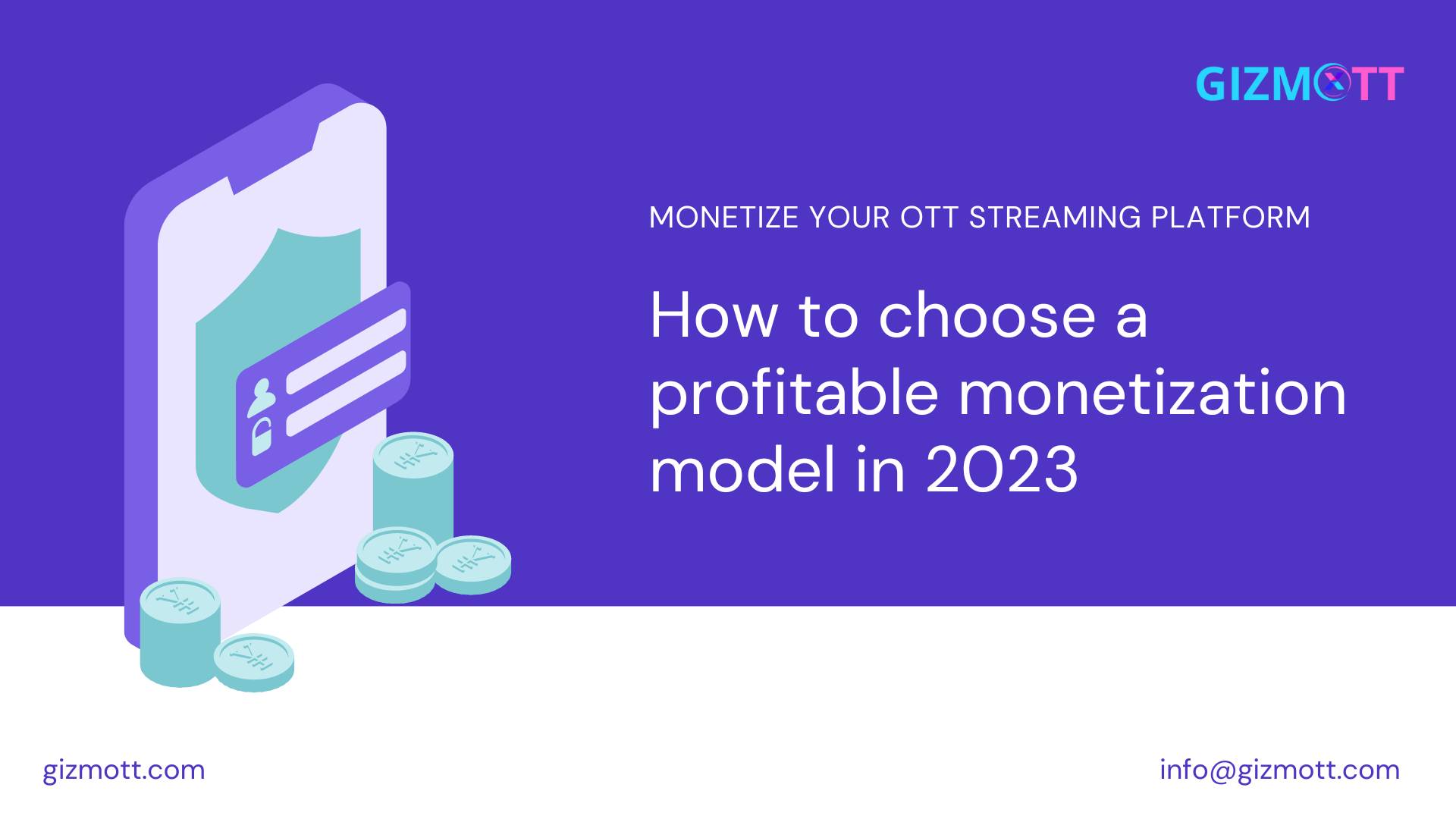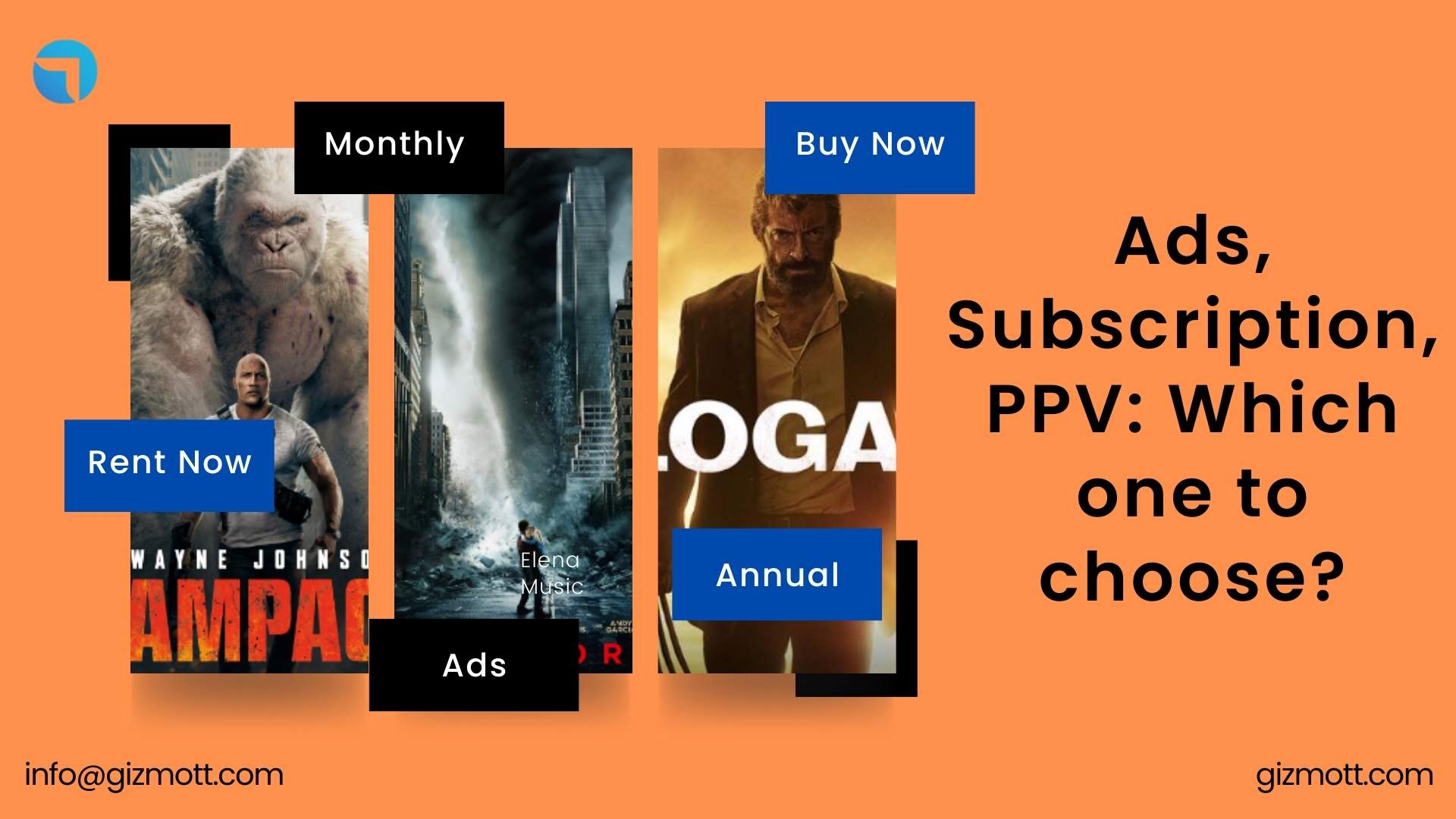Both viewership and advertising have shifted in recent years from traditional to connected TV. Nowadays, viewers use a number of over-the-top (OTT) services to watch their favorite movies and TV shows beyond the boundaries of traditional TV providers, which reduces the importance of where to display ads slightly.
As a result, marketers are utilizing connected TV advertising to concentrate more on the audience they are distributing commercials to. Recent studies indicate that CTV remains popular by advertisers, programmers, and viewers, showing promising growth prospects in the coming years.
Additionally, smart TV manufacturers claim to have noticed a noticeable change in viewers’ browsing pattern recently. According to reports, as people switch to streaming video, just approximately a third of all TV viewing today is linear, down from 60% just two years ago. Consumer acceptance has been boosted by the recent launch of new streaming services with award-winning premium content.
What is CTV Advertising?
CTV advertising, which stands for connected TV advertising, refers to the kind of online digital advertising that appears on TVs that broadcast content. CTV devices include televisions that receive OTT content via HDMI devices as well as smart TVs that run software that enables them to stream video. These devices access OTT streaming services using an internet connection to download content.
There is no need for a satellite or cable subscription. Smart TV is only one aspect of connected TV. This implies that a CTV advertising campaign can be sponsored by any Internet-connected device and will therefore reach TV viewers all over the world.
How does CTV Advertising work?
Eventually, connected TV advertising will surpass regular TV advertising. The target audience for connected TV is made up of tech-savvy users across a range of age groups. With a CTV ad campaign, you can target specific viewers who are watching content on various devices and customize your digital marketing messages. Let’s take a deeper view at how this works.
• CTV allows customization
Traditional linear TV is delivered directly to viewers without use of the internet. It does so either via broadcast airwaves or through a cable or satellite connection. Advertisers buy spots during commercial breaks and they roll out to everyone watching that program in a specific market. CTR allows advertisers to tailor the ads they serve to the viewing preferences of the consumer. Thus, not all viewers of a certain OTT program will see the same CTV ads. The technology allows providers to show different ads to different demographic groups. Ultimately, this is nimbler than the linear TV advertising model.
• CTV advertising leverages user data
CTV advertising is a branch of OTT advertising, and it allows marketers to hone in directly on a target audience. CTV device manufacturers provide viewership information to their advertising partners. They offer those advertisers to deliver specific video ads to specific audiences, under the premise that demographic information and usage habits will be predictors of whether a viewer is interested in a product.
• CTV ads can be highly specific
The audience targeting used by CTV and OTT providers mimics the specificity of digital ads served on websites, which leverage user profiles to create hyper-targeted ad campaigns. This is called programmatic advertising.
The CTV interactive ad experience.
CTV Interactive Ads go beyond a standard TV ad to produce a memorable consumer experience, assist advertisers in raising significant awareness of their brands, and increase audience engagement.
Media buyers and planners can layer in more material with this method to boost performance for their businesses. Agencies can use interactive ad formats to combine shoppable product imagery, website content, and other elements to produce multifaceted advertisements that enhance the viewer’s experience.
Interactive CTV Ads provide agencies with innovative and high impact branding opportunities to achieve their client’s marketing KPIs, including:
• Higher creative impact
• Measurement on CTV through shoppable formats
• Increased engagement (+2X engagement rate of QR code benchmark)
Why you need CTV Advertising?
CTV advertising is a worthwhile investment because it’s quickly emerging as the successor to cable TV ads.
For decades, TV commercials had been one of the best ways to reach people. Today, though, many people are quitting cable to transition entirely to streaming. So, to continue reaching that audience, the best move is to switch over to CTV ads.
People spend countless hours on their favorite streaming services, so by advertising there, you’re guaranteed to reach users — particularly since those users can’t skip CTV ads. They have to sit through them in order to view their content, just like with cable TV commercials.
How does CTV differ from OTT advertising?
The main difference between CTV ads and other video advertising methods such as YouTube in-stream ads is in the device. As the name suggests, CTV ads typically appear on televisions rather than computers or mobile devices.
Because of that, they’re intended purely for awareness. For people using laptops, you might run ads that are interactive and lead users to a landing page when they click. But people aren’t doing any clicking on a TV, so you should focus your ads around brand awareness instead.
Connected TV ads look and feel like linear TV commercials but they are not bought, sold or delivered the same way.
With traditional TV advertising, advertisers purchase ad spots at designated times on designated channels during designated programming. Advertisers decide ad buys based on the size and makeup of each program’s audience. To determine this, media sellers use Gross Rating Point (GRP) to determine the number of people from the desired audience who have likely watched the program.
Over-the-top content (OTT) and connected TVs (CTV) share a common ecosystem. Content producers, namely streaming services, create OTT content. Users can choose from libraries of TV episodes and movies hosted by these content sources. A connected TV can broadcast a programme being watched by a user in real-time when it is sent over the internet (or an equivalent device like a tablet or a smartphone). The ability to reach cord-cutters and use third-party data to focus on their target audience makes OTT formats crucial for e-marketers who may spend some of their video advertising spending on CTV commercials.
Benefits of Connected TV Advertising.
• CTV advertising can help brands reach audiences where they are already consuming content.
• CTV video advertising can help advertisers expand their reach beyond linear TV to the cord-cutters and cord-nevers who are streaming their entertainment instead.
• To get started, brands, sellers, and agencies work with content distributors, like Amazon Ads, to place their ads within streaming content.
• By embracing a CTV advertising strategy, you can access the vast amounts of consumer information gleaned by device manufacturers, OTT providers, and third-party advertisers.
5 important aspects to consider before diving into CTV Ads.
1. Cost effective
When users watch an ad on their personal Internet-connected device like a mobile phone, only one person can stream OTT content or see the digital advertising message. On devices called Smart TVs content is watched by several people, this significantly reduces the cost per impression for the advertiser.
2. Programmatic targeting
Brands can also retarget TV-viewing households. In order to use smart television, users are required to log in via universal identifiers such as Facebook or Google accounts.
3. Quality ads
Allows marketers to experiment with animated, static, call-to-action, and interactive video ads that drive consumer engagement and increase the performance of the video content.
4. Responsive audiences
Connected users choose the content they want to watch and the way to consume it and interact with it, which leads to a better perception and positive attitudes toward ads.
5. Premium audiences
More than 20 percent of daily ad requests for CTVs are registered during primetime hours while premium content is streaming. This time includes live concerts and important sporting events, which suggests unique target audiences and potentially impressive returns for advertisers.
What are the different interactive CTV Advertising formats?
• Ad Selector
You can pick from a selection of video advertisements in this ad format. Users have the option to choose the type of advertising they want to view with this format. This enhances user engagement and improves the attention span.
• Dynamic Overlay
The user’s location, the weather, the day and time, and other factors are all included in this personalized video ad creatives. Video content that already exists is used, given a “overlay,” and made specifically for the viewer. This type of data-driven advertising style provides customers with relevant and timely offers.
• Flexible
Short video ads (less than 30 seconds) with an optional extended engagement with the advertising content. This ad type uses flexible ad creatives with a countdown timer, when the timer expires, changes to a call-to-action.
• Carousel
This ad kind is represented by a gallery of lists of products and services, pictures, or videos. To increase brand recognition among customers, browse through the promotions for more information.
• Branded Canvas
A format for video advertisements that shrinks to fit the frame. To increase brand exposure and traffic, such advertising are enhanced with other static or dynamic elements, such as special offers or product lists.
• Shoppable QR
These advertisements are interactive, enabling consumers to interact with the products and brands featured therein. It is an overlay that contains a QR code. Users can direct traffic to websites by scanning QR codes from a smartphone or tablet.
• Sequential CTV creative
A story is told over a sequence, throughout multiple ads instead of during a single slot.
• Voice-integrated video ads
Users are able to use their voice to follow on-screen prompts by speaking into the remote.
How are CTV ad formats evolving?
CTV devices are not used solely by one person. Over 75% of customers, according to Adjust research, engage in “dual screening,” or watching CTV while using a mobile device. Although it may not be guaranteed, user engagement is rising. Utilizing this huge potential, advertisers may make CTV a channel that raises brand awareness and can drive an immediate response.
The incorporation of QR codes into ads is a straightforward example. These codes may be created directly from your tracking links and makes it easier for users to acquire mobile apps immediately.
There are numerous formats to try out, and new methods are constantly being developed. When users touch the pause button during a stream, “pause ads,” which emerge, are displayed.
Contextual targeting, new ad forms, and dual screening will raise engagement to different levels. Television is being transformed into a powerful direct sales medium by CTV.
Gizmott can help you optimize your CTV ads.
Gizmott gives advertisers access to premium OTT and CTV placements for a variety of content categories.
All CTV ad types are supported by Gizmott’s advertising platform on connected TV devices. The system offers viewers a cord-cutting advertising experience and unique options for advertisers, who can customize it to meet their own needs.
When it comes to connected TV advertising, if you don’t know what you’re doing, it can be complicated. Even if you do, you could still benefit from some assistance. That’s why Gizmott is here.
When you work with us to use our OTT and connected TV services, you’ll get assistance with campaigns to get the best possible results. With our years of expertise, we are well aware of what it takes to drive revenue for your company. Visit our website or drop us a line at info@gizmott.com for further details.


